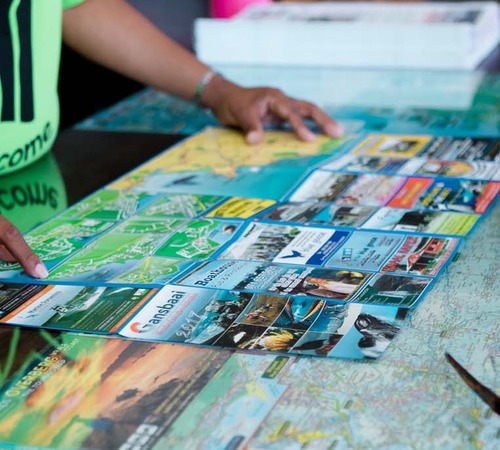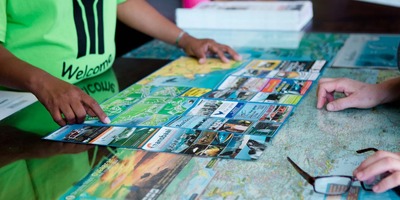With four days off the water, we were eager to get back amongst it and head on our sea safari in search of Gansbaai’s Marine Big 5. As we departed Kleinbaai harbour we started in some thick fog which prevented us from cruising in The Shallow’s in search of our Humpback Dolphins. Due to the fog, it was tough to find our sister company, Marine Dynamics to see if they could show us a shark at their dive site. Once we stumbled across their vessel Slashfin, within minutes we were treated to a Great White Shark, known to us as Mini-Nemo, half-breeching on the bait line. Great Whites have been very scarce in the area recently so to see this was a truly special moment for all on board. As well as this a Copper Shark also turned up at the bait line, it was unbelievable to see both species of shark at the same time.
The fog never let up and stayed with us throughout the day and barely thinned out behind the Island in deeper water. With the lack of the more iconic animals of the area, it is important to note the animals and behaviour we may overlook. During our journey behind the island there were many different bird species we followed such as Swift Turns, Gulls, Cape Cormorants, Bank Cormorants and White-Breasted Cormorants. By following bird such as these into open water to their fishing grounds, we are sometimes able to locate large marine mammals such as our resident whales, the Bryde’s Whale. Many Swift Turns and Cormorants were seen with fish, however the dense fog made it difficult to spot any whale spouts.
The next leg of our journey took us to the Geyser Rock we were greeted by our 60,000 Cape Fur Seal Colony. The Island seemed a little empty of adults today, leaving the new born pups to cause havoc on the Rock. Like all mammals, the seal pups suckled from their mothers for the first few weeks of their lives but must eventually join the rest of the colony when hunting at around three months old. Seals mainly feed on pilchards and anchovies but due to overfishing of the area they have become well adapted to kill seabirds and take fish out of their stomachs. Some of you may not know that our Cape Fur Seals are not true seals. Firstly, fur seals have small external ears, while true seals have no external ears. Fur seals also have larger front flippers, which are used to push themselves through the water, unlike true seals who motor along using their back flippers. There are nine species of fur seal around the world, of which the Cape Fur Seal is most closely related to the Australian Fur Seal.
In the spirit of Valentine’s Day, there was a very cute spectacle on the top of the Prince Port. As you may have seen there were seals lounging around on the large piece of wood but there were also Bank Cormorants building nests. A male bird was seen running back and forth between his mate in the nest and some vegetation which he was collecting pieces from for them nest. One of our three species of cormorant, this bird was given its name by fishermen who believed that its presence at sea indicated good fishing banks. Their plumage is almost entirely black, however in the mating season adults develop white patches of varying size on the head and rump. After the Alley, we headed for the harbour completing our journey.
Back at the harbour we prepared the vessel once more and headed out on our second trip of the day. Fortunately for us, the fog had lifted somewhat around The Shallows, but just like our first trip, our oceans have been slightly empty of cetaceans, so we carried on towards the shark cage diving site. Once more we were treated by a large bronze whaler shark. We sighted the shark within a few moments at the boat so we didn’t hang around for too long.
As we moved into deeper waters in search of clearer skies and whale spouts, a beautiful Cape Gannet glided very close to boat, provide us with some very amazing views. The Cape Gannet is very similar to the Australasian Gannet; however, the Cape is much larger. Features that differ between the two is a long black gular stripe under the neck which is three times as long in Cape Gannet. Another is the eye colour; the Cape has silvery cream eyes surrounded by a blue eye ring, whereas the Australasian has darker eye and dark eye ring. Again, we visited Geyser Rock, when we returned it there were more adults on the Rock that had returned from hunting. We stopped in the area for around 15 minutes before saying goodbye to our pinniped pals.
Due to the fog lifting we were able to enter Sponge Bay to get a closer look at Dyer Island, some even managed to see a pair of African Penguins in between all the commotion of the cormorants. As we headed back towards the harbour we stumbled upon one lone African Penguin. Generally, these little marine birds are quite skittish around the boats, but this one was very calm and a brilliant final sighting for the day.




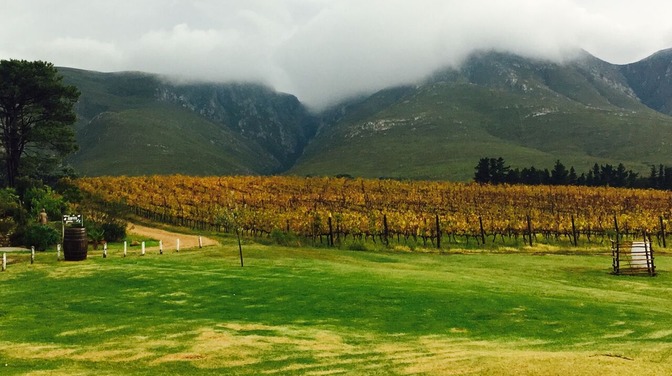
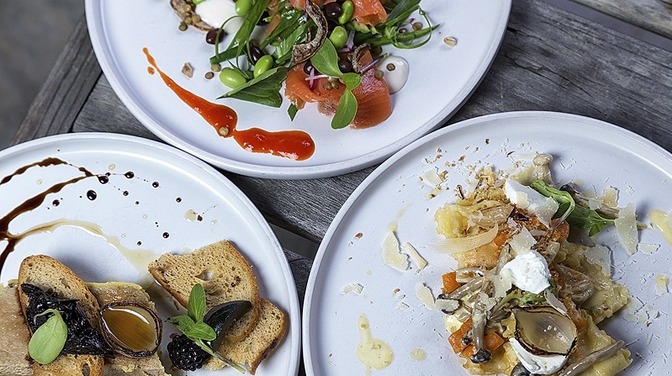
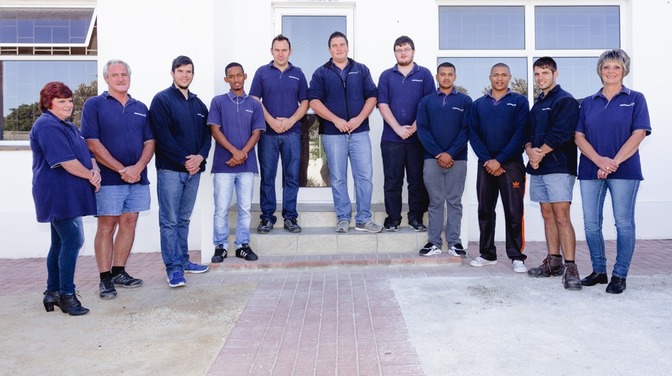
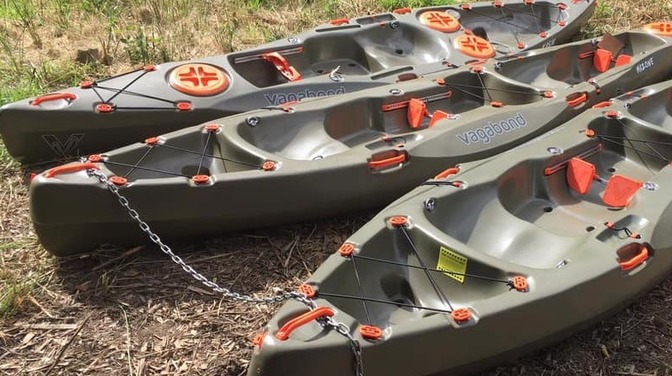

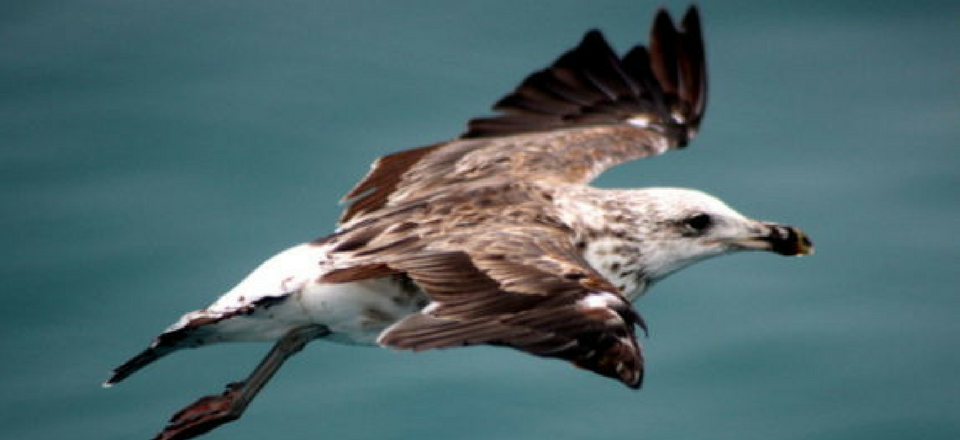

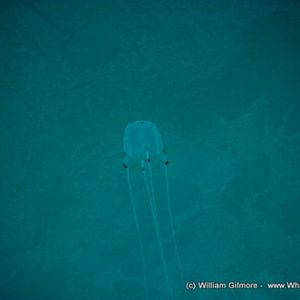
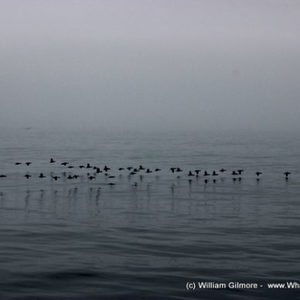
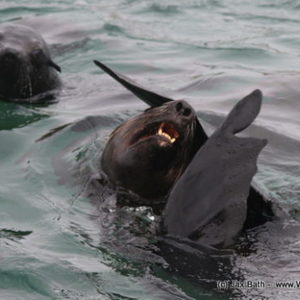



.jpg?width=431&height=242)
.jpg?width=250&height=182)








